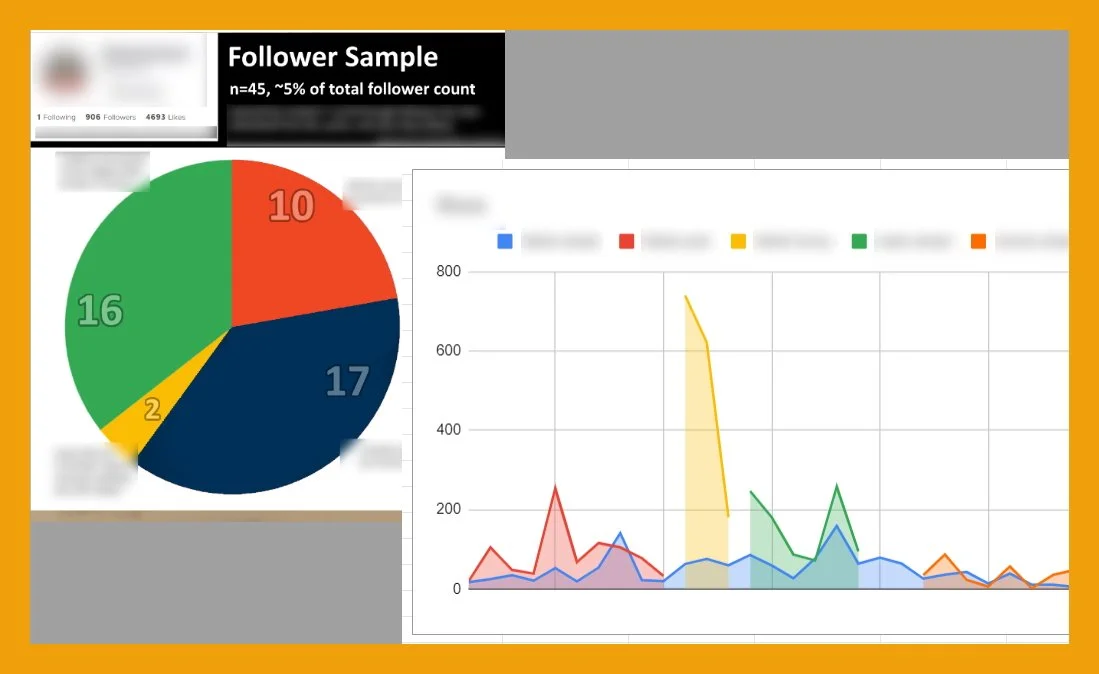As a lifelong student of good communication, I’ve been so fortunate to work as a content manager and de facto marketing director in a nonprofit tech and education startup.
I learn more every day, but I want to chronicle some of the tools I’ve picked up along the way so far.
Hold the Big Picture in your head
I’ve found that all new projects should be steered by a master plan. Whether my next big assignment is a new line of content or marketing a recent product, all my work needs to be towards executive goals.
I like to think of this as “holistic marketing.” I find that the more I keep the whole content and marketing pipeline in mind, the better I can design the little parts that make it up—and the better I can cooperate with teammates.
So when I set off to solve a new problem or make a new product, I ask myself “how does this help” and align my efforts with the answer. Try to let the macro manage the micro, maybe.
A pipeline concept I brought to executives on how social media and web platforms would move customers down a funnel towards conversion.
Ask the Right Questions
I’ve discovered the intractable, terrifying expanse of raw data and black boxes in our digital age. I think anyone who works with the data side of marketing, SEO, or social media knows that reporting data is a soft skill that harnesses something hard and wild. It’d be easy to make reports with metrics that look good but don’t really mean anything, or don’t answer the questions that executives need to know to make actionable plans.
I’m still working on making them prettier, but my reports are crafted lovingly by hand or with vetted tools. I start with good questions that we need to know and find the data to answer those questions—not the other way around. Often times that means cutting out noise, simplifying the data, and being smart about what’s real and what isn’t.
Below, you’ll see some of my work measuring, analyzing, and reporting metrics. I picked meaningful numbers, tracked them, checked for accuracy, and presented the data to
Advocate for the Audience
Though I didn’t fully know it at the time, my undergraduate in English and my work in XM radio have been invaluable in marketing. As I produced my radio shows or wrote essays in narrow genres, I was trained to always think of rhetoric. Who is this product meant for? What do they want? What is my ethos as the speaker here? What kinds of appeals am I using?
In the bustle of business, it seems like its easy to lose sight of the people amongst the to-do lists and graphs. But I’ve found that products built from the ground up to the goal line with a customer persona in mind are in a league of their own. Understanding and speaking to the correct audience is an unnegotiable prerequisite to making any headway in markets. It can be easy to skip this step or neglect it, and I’m always working to diversify the kinds of audiences I can really connect with, but it’s a strength I’ll carry with me wherever I go.
In the images below, you can see some of the work I’ve done to understand an audience and tailor my messaging to those demographics.
Cultivate Creativity
Obviously, everybody wants good ideas. I depend on them. Sometimes it seems like I am at the mercy of the muses, waiting for a bolt out of the blue to deliver a solution to my brain. I think everyone gets a certain quota of those, but I also think there are a lot of ways to hack the process.
When I have a problem to crack, I just start churning. Sprawl out words and colors on a whiteboard, get rubberducking with a coworker (the HR-approved collaboration kind)—anything to see new facets to the problem and make myself available for inspiration. That’s active churning.
There’s also passive distillation. The world is full of things that work and don’t, that are beautiful or gnarly, and if I can find ways to just incubate problems and sit with their complexities for a time, I’m often rewarded with a kind of coalescing creativity. For this kind of creative ideation, it helps to have a notepad or app.
I’m really grateful for environments that reward new and good ideas and encourage people to come up with them. I think good ideas can come from anyone, but it takes care to make systems to harvest those good ideas.
Featured below, a couple of my whiteboard jam sessions.












